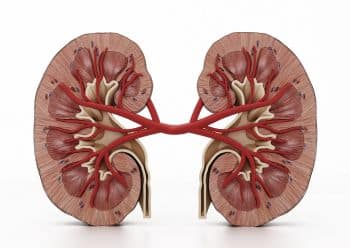Description
CT scan, the patient lies on a table that moves through a doughnut-shaped machine called a CT scanner. The scanner consists of an X-ray tube that rotates around the head, emitting narrow beams of X-rays. Detectors on the opposite side of the scanner measure the number of X-rays that pass through the head and create a series of images.
A plain CT scan of the head can reveal various conditions, including:
- Traumatic injuries: It can detect fractures, bleeding, and other traumatic injuries to the skull and brain.
- Stroke: CT scans can identify areas of bleeding or blocked blood vessels in the brain that may cause a stroke.
- Brain tumors: The scan can help visualize the presence, location, and size of brain tumors.
- Infections: It can show signs of infections, such as abscesses or swelling in the brain.
- Bleeding: CT scans are useful in detecting bleeding in the brain, such as subdural or epidural hematomas.
- Hydrocephalus: This condition involves an accumulation of cerebrospinal fluid in the brain, and a CT scan can help assess its severity.
- Sinus problems: CT scans can provide detailed images of the sinuses to evaluate conditions like sinusitis or nasal polyps.
- Abnormalities of the skull: The scan can reveal deformities, fractures, or other abnormalities in the structure of the skull.
It’s important to note that a plain CT scan of the head focuses primarily on the anatomical structures and may not provide detailed information about brain function. Additional tests, such as MRI or functional imaging studies, may be necessary for a comprehensive evaluation, depending on the specific clinical situation.





Comments